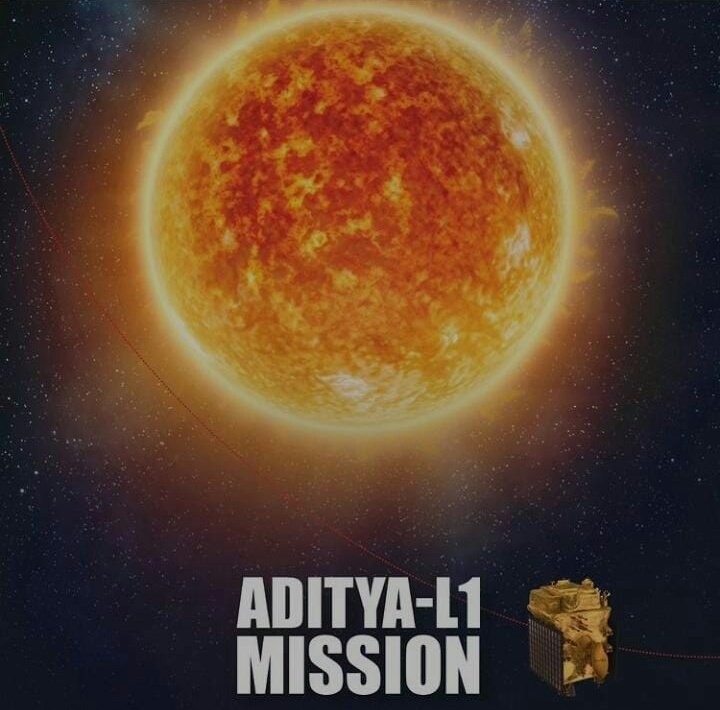
after-chandrayaan-3-isros-eyes-on-aditya-l1-launch-details-about-indias-sun-mission
After the successful Chandrayaan-3 mission, the Indian Space Research Organization (ISRO) is now gearing up for the launch of a solar mission called ‘Aditya-L1’ to study the Sun on September 2. It will be the first dedicated Indian space mission for observations of the Sun to be launched by ISRO.
This big project marks the country’s mission that could revolutionize the understanding of the Sun’s dynamics and space weather.
“Most likely the launch will take place on September 2 “, an ISRO official said as quoted by the news agency PTI.
Also read: Chandrayaan-3: Two of 3 objectives achieved, experiments ongoing, says ISRO
Aditya-L1, named after the Sun’s core, aims to provide unprecedented insights into the Sun’s behavior by placing itself in a halo orbit around the Lagrange point 1 (L1) of the Sun-Earth system, approximately 1.5 million kilometers from Earth.
This strategic location will enable Aditya-L1 to continuously observe the Sun without being hindered by eclipses or occultation, allowing scientists to study solar activities and their impact on space weather in real time.
PSLV-C57/Aditya-L1 Mission:
Aditya-L1, the first space-based Indian observatory to study the Sun ☀️, is getting ready for the launch.
The satellite realised at the U R Rao Satellite Centre (URSC), Bengaluru has arrived at SDSC-SHAR, Sriharikota.
More pics… pic.twitter.com/JSJiOBSHp1
— ISRO (@isro) August 14, 2023
The spacecraft is equipped with seven advanced payloads designed to scrutinize various layers of the Sun, from the photosphere and chromosphere to the outermost layer, the corona.
These payloads employ electromagnetic, particle and magnetic field detectors to capture data crucial for understanding phenomena like coronal heating, coronal mass ejections, solar flares, and more.
One of the most exciting aspects of Aditya-L1’s mission is its ability to directly view the Sun from its unique vantage point at L1.
This will enable four payloads to capture clear observations of the Sun, while the remaining three payloads will conduct in-situ studies of particles and fields at this Lagrange point.
These combined observations promise to unlock the mysteries behind solar dynamics and their effects on the interplanetary medium.
Scientists have high hopes for Aditya-L1’s payload, which is expected to shed light on the physics of the solar corona and its heating mechanism, magnetic field topology, and the development of coronal mass ejections.
The spacecraft’s data will help identify the sequence of processes that lead to solar eruptive events and contribute to a deeper understanding of space weather drivers.
(With inputs from agencies)



